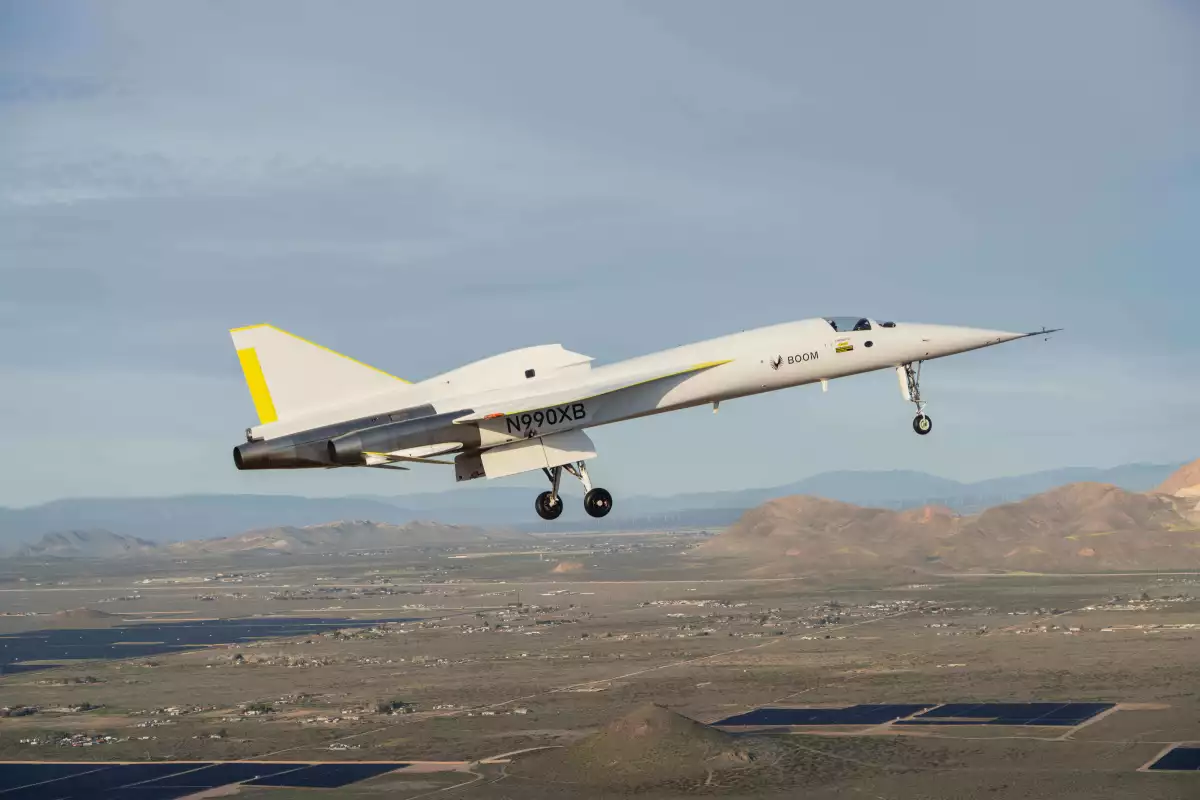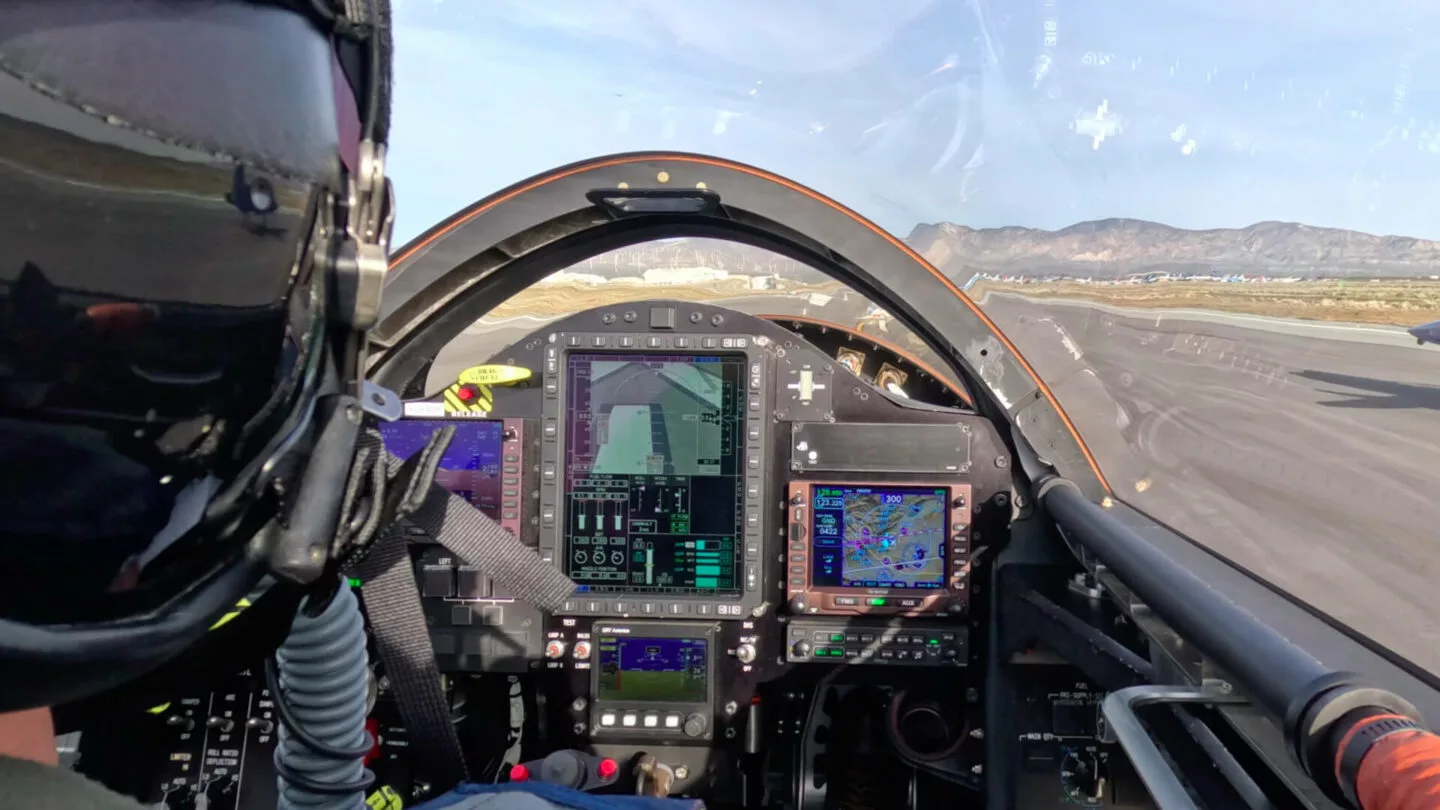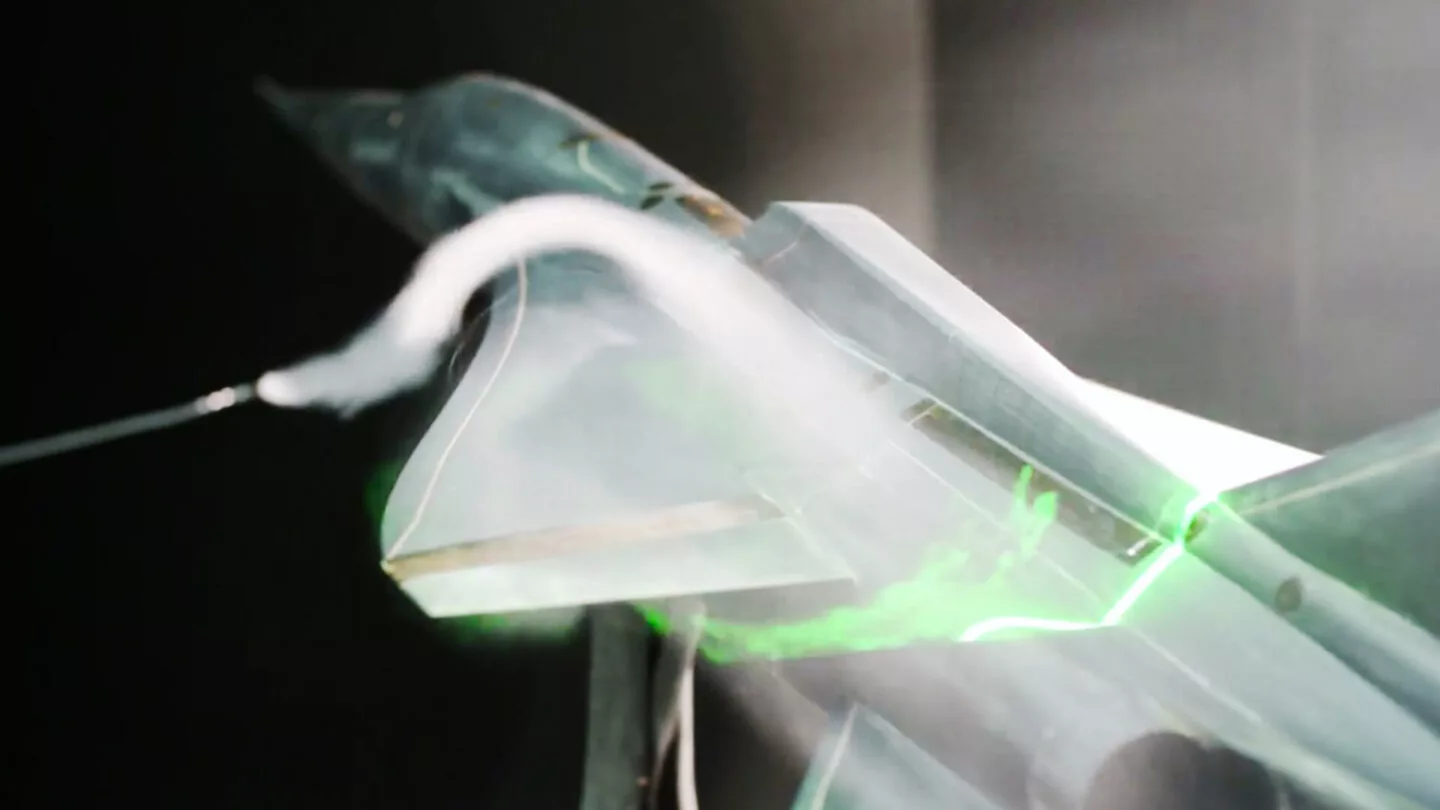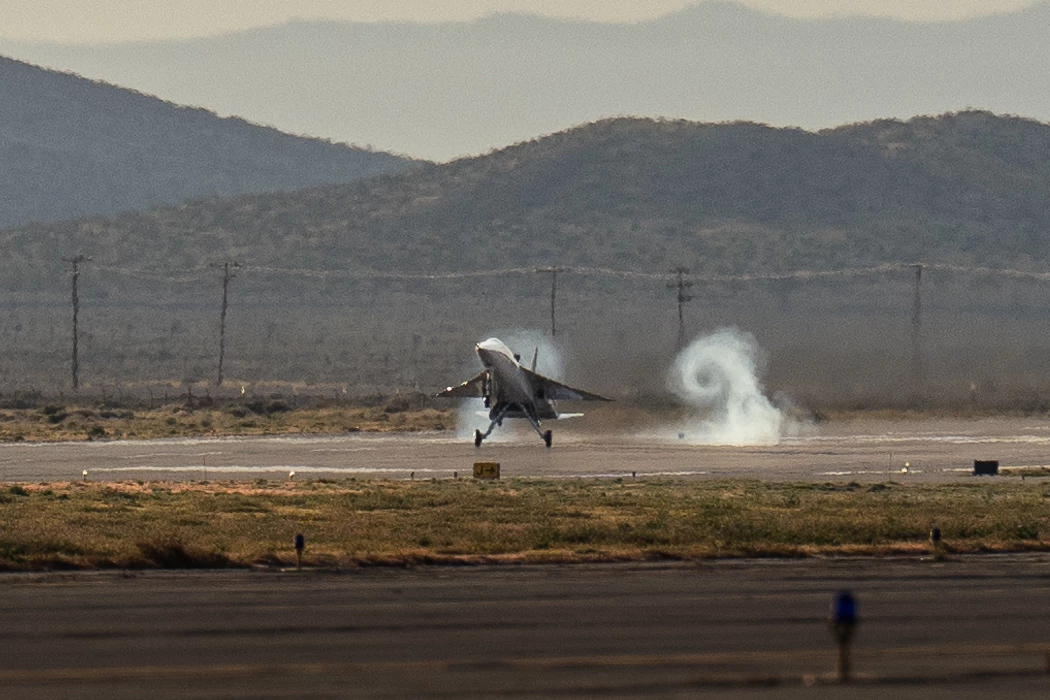The first private supersonic aircraft since Concorde retired two decades ago has taken to the skies. On March 22, Boom's XB-1 supersonic demonstrator completed its maiden flight at the Mojave Air & Space Port in Mojave, California.
When the last Concorde touched down on November 6, 2003, it didn't just seem like the end of an era, but a major technological step backwards. It was a rare example of the world losing an entire capability with the abandonment of commercial supersonic air travel without anything anywhere to replace it.
Today, NASA and a number of private companies are working on projects to reinstate faster-than-sound air travel that will not only carry passengers and cargo, but will be environmentally friendly and economically feasible. The latter is a polite way of saying that they hope it will make money.
With Chief Test Pilot Bill “Doc” Shoemaker at the controls, the XB-1 took off on an unambitious first flight that was essentially meant to show that the aircraft will fly and bits won't fall off while doing so.
Following behind was Test Pilot Tristan “Geppetto” Brandenburg in a T-38 chase plane to observe the flight and confirm altitude and speed. With a length of 62.6 feet (19 m) and a wingspan of 21 ft (6 m) , the XB-1 achieved an altitude of 7,120 ft (2,170 m) and speeds up to 238 knots (273 mph, 440 km/h) under the force of its three GE J85-15 engines generating a maximum thrust of 12,300 lbs.
According to Boom, once its aerodynamic characteristics and flight worthiness are confirmed, the XB-1 will increase speed until it is flying on later tests in excess of Mach 1.

Innovations for the XB-1 include an augmented reality vision system, digitally-optimized aerodynamics, a carbon composite construction, and supersonic air intakes that decelerate incoming air to subsonic speed, allowing the aircraft to be powered by conventional jet engines.
The purpose of the XB-1 is to help develop the technology that will be incorporated into the company's Overture supersonic jetliner that is projected to carry up to 80 passengers at speeds of Mach 1.7.
"Today, XB-1 took flight in the same hallowed airspace where the Bell X-1 first broke the sound barrier in 1947," said Blake Scholl, founder and CEO of Boom Supersonic. "I’ve been looking forward to this flight since founding Boom in 2014, and it marks the most significant milestone yet on our path to bring supersonic travel to passengers worldwide."
Source: Boom Supersonic

















